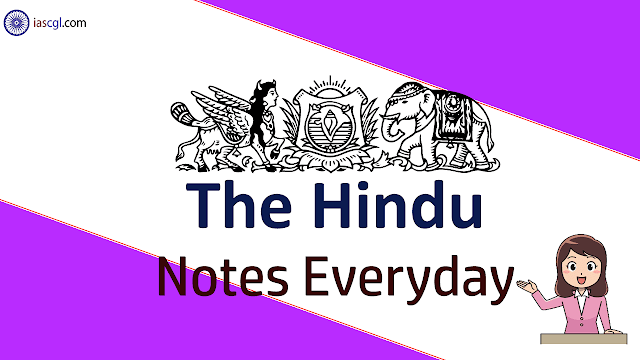Read The Hindu Notes of 9th February 2019 for UPSC Civil Service Examination, State Civil Service Examination and other competitive Examination

- Surveying India’s unemployment numbers
- Forty years after the Iranian revolution
- Nigerian renewal
- The Jharkhand way
- A Himalayan travesty
Surveying India’s unemployment numbers
India’s labour participation rate, very low by world standards, fell sharply after demonetisation. Women bore the brunt
Monthly measurement of the unemployment rate is one of the requirements of the Special Data Dissemination Standard (SDDS) of the International Monetary Fund (IMF). The SDDS — India was one of the early signatories —was established in 1996 to help countries access the international capital markets by providing adequate economic and financial information publicly. India complies with many requirements of the SDDS, but it has taken an exception with respect to the measurement of unemployment.
Higher frequency survey
Key findings
On female labour
Forty years after the Iranian revolution
A political change beckons which will not be easy but it is as certain as the overthrow of the Shah
Clerical rule
Social tensions
Nigerian renewal
Muhammadu Buhari’s mixed record in office makes the presidential contest an open race
The Jharkhand way
The Opposition would do well to focus on State-level coherence in alliances
A Himalayan travesty
Survivors of sex trafficking in Nepal were shocked when a local politician convicted of selling young Nepali girls to brothels in India was released by the Supreme Court of Nepal last year. Rajneesh Bhandari reports on the victims’ fight for justice

Nirmala’s suffering began more than a decade ago, when her first husband sold her to a trafficker, forcing her into years of prostitution in neighbouring India. In 2008, Sun Bahadur Tamang, an influential local politician, was convicted of trafficking Nirmala and charged with trafficking two other Nepali women. Activists say Sun Bahadur may have trafficked more than 200 women from Nuwakot district and other parts of Nepal. But on April 19, 2018,theSupreme Court of Nepal cleared him of all charges and ordered his release on the grounds that his accusers must have mistaken his identity.
Sold by her ‘husband’
An open secret
Conviction and release
Nuwakot, a trafficking hub
Fear of the future

0Comments